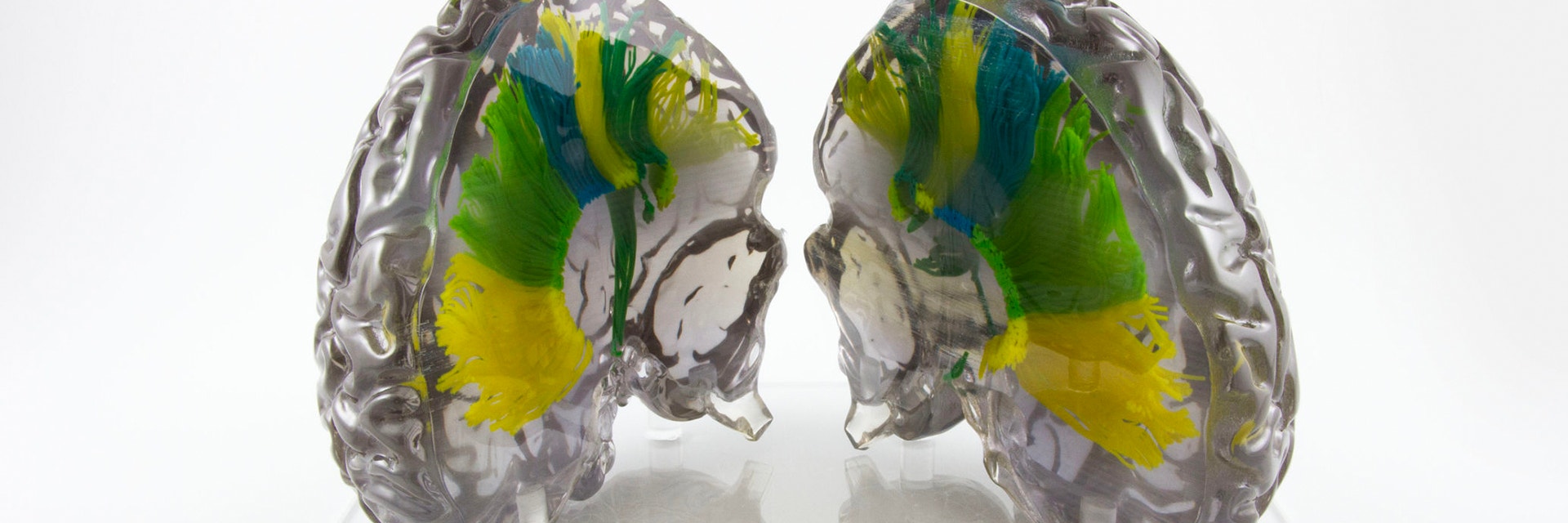TRENDS
Trendspotter 2019: Keep an Eye on Hospitals 3D Printing at the Point of Care

2018 was a big year for point-of-care 3D printing, with thousands of patients helped and major milestones achieved. We expect this trend to continue in 2019, further increasing access to 3D printing for clinicians and enabling more patients to benefit.
Point-of-care (POC) 3D printing refers to just-in-time 3D-printed medical equipment, such as anatomical models, manufactured directly at hospitals: the place of care. Typically, POC 3D printing uses a patient’s medical imaging data like MRIs, CTs or surface scans. 3D printing at the point-of-care, as opposed to using external 3D printing services, allows clinicians to create patient-specific anatomical models more rapidly than previously possible while also leveraging the subspecialty knowledge available within the hospital. Ultimately, this reduces the lead time for models, which in turn enables more patients to benefit. At the same time, it also expands the different applications in which the technology may be applied.
We see a growing number of hospitals adopting 3D printing or increasing their investment in the technology, maturing from small labs to full-service 3D printing facilities serving a broader range of clinical specialties. This means that hospitals are quickly growing past the stage of technology discovery to a more sophisticated, scaled-up approach. By centralizing their 3D printing capabilities, raising efficiency and scaling up, hospitals are bringing the benefits of medical 3D printing to more patients than ever before: in some cases even equipping clinicians to treat patients who were previously untreatable.
Building on the foundation set in 2018
Here are 4 highlights from last year you may have missed, which set the foundation for further progress in 2019.
- The US Food and Drug Administration cleared for the first time a software system that enables POC 3D printing of anatomical models, Mimics inPrint. For Materialise, this development is supported by three decades of experience in medical image processing software and 3D printing. For the industry, it’s a development with huge impact, as the market now has access to an FDA-cleared software solution that covers the entire workflow from the medical image to the final print. Leading hospitals are adopting integrated 3D printing services as part of their medical practices, as they recognize the added value the technology brings to personalized patient care. Mimics inPrint supports hospitals in creating anatomical models for diagnostic uses, personalized patient care, and helping define treatment options.
- New partnerships were announced in 2018 between Materialise and 3D printer manufacturers such as Stratasys and Ultimaker. These collaborations have resulted in the certification of 3D printers and materials by Materialise linked to the 510k cleared software Mimics inPrint. Thus bringing to the market a pre-vetted system of software, hardware, and materials for creating anatomical models. For hospitals looking to set up their own POC 3D printing facilities, this certification program brings peace of mind and reduces uncertainty in the process of building anatomical models. It ensures quality standards and compatibility between the 3D printing software and hardware.
- The American Medical Association adopted new 3D printing billing codes – also called CPT codes – which will become effective in July 2019. The implementation of these category III CPT codes makes it possible to collect more data on the use of 3D printing in hospitals, which will benefit the entire industry by providing the evidence needed to further reimbursement initiatives.
One prominent member of the medical 3D printing community contributing to this, Mayo Clinic’s Dr. Jonathan Morris, has written about how he sees reimbursement for patient-specific anatomical models in the future: “There is much work to do but everyone should start in the second half of 2019 putting dictations on all their patient-specific models with the number of parts and what imaging it was acquired [sic] from.” - The Radiological Society of North America’s special interest group (SIG) on 3D printing published guidelines for medical 3D printing including clinical appropriateness criteria. This provides guidance for clinicians on when to use anatomical models and for patients with specific medical conditions.
The RSNA SIG created this document “to provide recommendations towards consistent and safe production of 3D printed models derived from medical images, and to describe a set of clinical scenarios for 3D printing is appropriate for the intended use of caring for patients with those medical conditions.”
Applications where data shows an advantage to 3D printing as a method to represent and/or extend the value of data contained in the medical imaging examination, include truncus arteriosus, double outlet feft ventricle, congenital malformation of skull and facial bones, renal cancer and complex acetabular fracture, for example.
What do we expect for the future?
Over 69% of those involved in point-of-care 3D printing have used the technique for 3 years or more. This year, we can expect that balance to shift as new adopters enter the pool. Research firm Gartner predicts that by 2021, 25% of surgeons will be practicing on 3D-printed models of a patient prior to surgery:
“3D printing will move from obscure back-office labs into the forefront as part of a strategy to improve surgical training and simulations.”
Based on the headway made last year, we expect further adoption in hospitals this year, benefiting even more patients. With the continued growth in use, more data will be published, which will increase awareness and evidence, spurring more hospitals to invest in the technology.
More specifically, we are looking forward to seeing in 2019:
- Further adoption by hospitals and migration towards central cores for 3D printing
- Rapid growth in markets outside of North America
- Changing regulations for 3D printing as implications are better understood by regulatory bodies
- More strategic partnerships between software and 3D printer manufacturers
- Reimbursement becoming closer to reality for anatomical models in certain regions
L-102855–01
Share on:
You might also like
Never miss a story like this. Get curated content delivered straight to your inbox.
